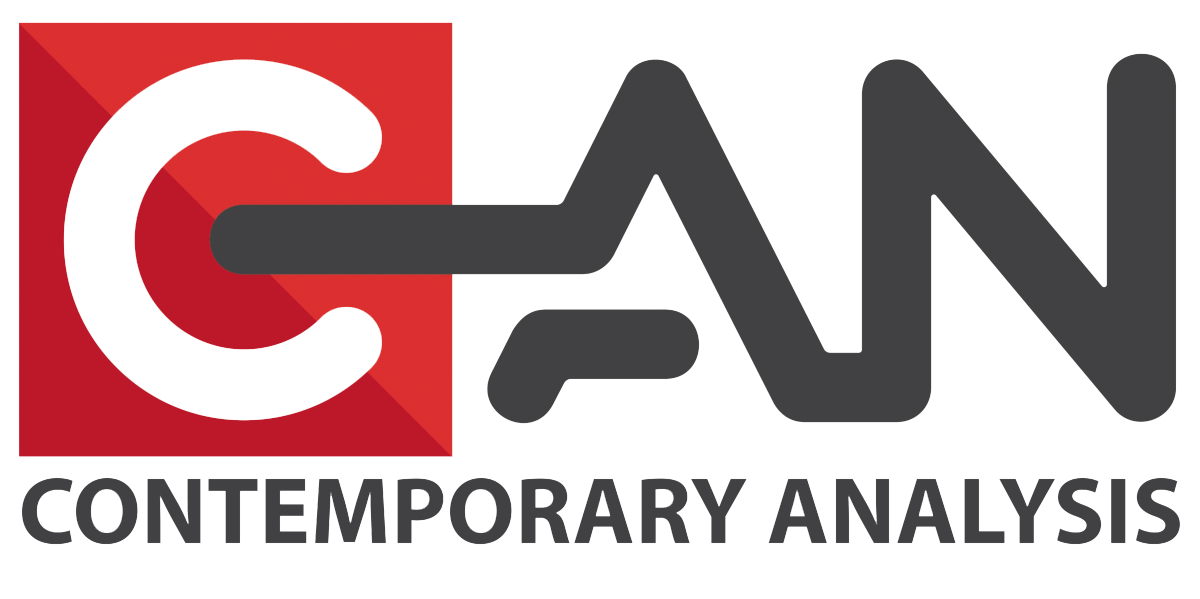To CAN, servicing smart means helping create a smart customer experience. Its not just...
News
read more
The Best Ways to Secure Your Personal Data
A few weeks ago the entire tech world was up in arms over an unfortunate breach of...
Examples of How to Improve Your Customer Experience
What do you do with customers once you get them? Many times customers are only...
Customer Experience Metrics
How can you measure the effectiveness of your customer experience? What impact does it...
Rethinking Business Intelligence Software
People don't care about business intelligence software, they care about what it can do...
How CAN Takes a Different Approach
At Contemporary Analysis (CAN), we take a completely new approach to helping companies...
Why Visualizing Data is Important
Visualizing data can make something easier to understand and perhaps keep you awake....
How to become a data scientist
"How to become a data scientist?" is an interesting question, because there's no real...
6 Questions Salespeople Need to Ask Themselves
If you are a salesperson, you spend your days asking other people questions. However,...
